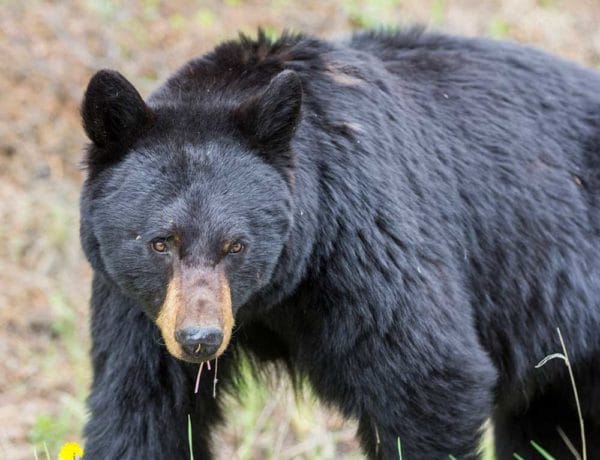
SALT LAKE CITY — -(AmmoLand.com)- Most of Utah’s black bears have begun entering dens to hibernate for the winter, ending a busy summer of wildlife biologists relocating nuisance bears throughout Utah.
The total number of black bear incidents reported to the Utah Division of Wildlife Resources was 53 statewide, as of Nov. 7th, 2019. The majority of the incidents involved bears getting into garbage or food at campgrounds or neighborhoods, but two involved a bear making physical contact with a person.
In 2018, 27 bear incidents were reported statewide, less than half of the reported incidents from 2019. While the number of incidents hasn’t increased year over year, biologists believe there are several reasons for this year’s increase.
“The most likely reason is that we have increased the numbers of black bears in the state over the last decade or so,” Darren DeBloois, DWR game mammals coordinator, said.
“So more bears can mean more conflict. You must also allow for some randomness, however. Although 2019 had more reported bear incidents than 2018, it had fewer than in 2017. Some of this is due to local conditions each year like drought, the length of winter hibernations (2019 had a late spring which kept bears hibernating for longer) or a lack of natural foods, which can push bears into conflict situations in search of food.”
The three areas that had the most reported bear incidents across the state in 2019 were:
- Between Salt Lake City and Santaquin
- Grand County
- The north end of Zion National Park
Coincidentally, these areas also have the largest populations of people or receive high traffic

